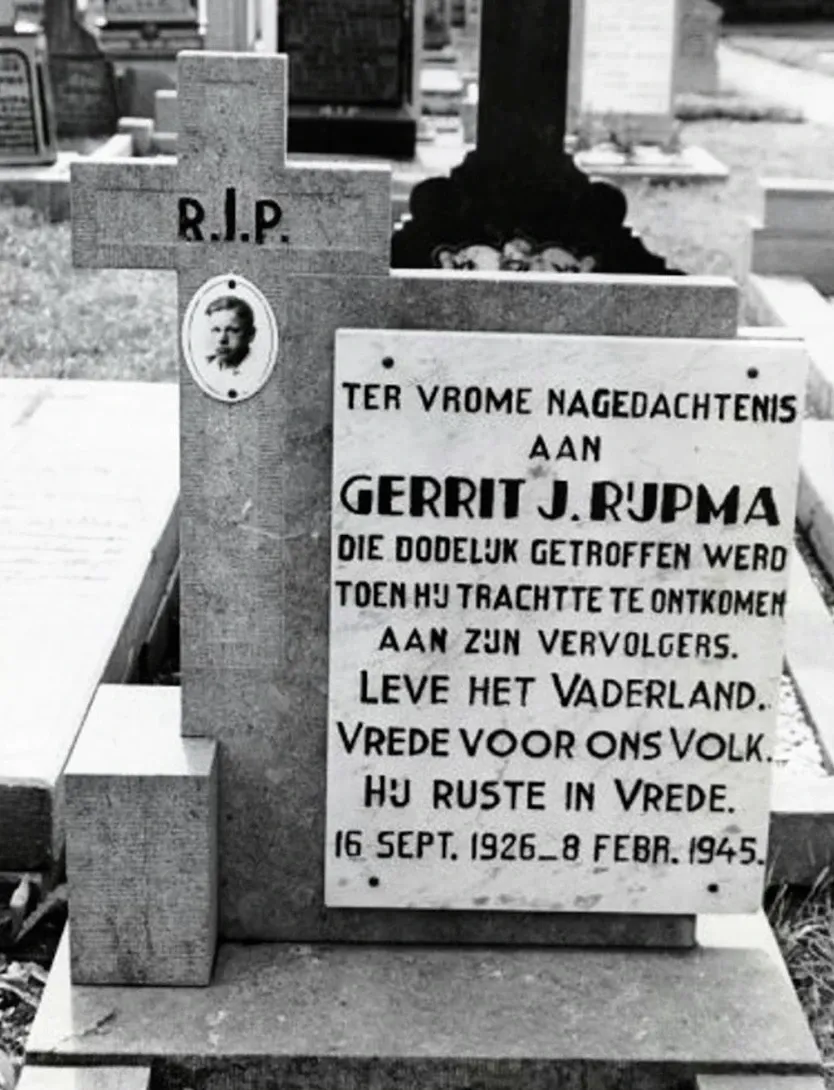Locations
409 to 432 of 5396 results
-
Voormalig Notarishuis
Voormalig Notarishuis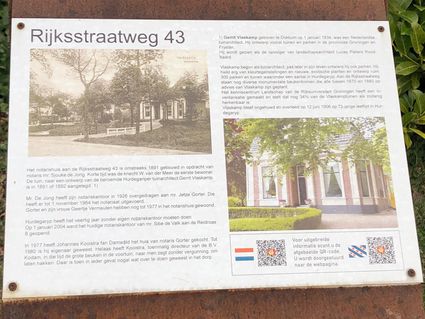 Hurdegaryp
Hurdegaryp
from your location
-
Rent to Enjoy - Houseboat Enjoy
Rent to Enjoy - Houseboat Enjoy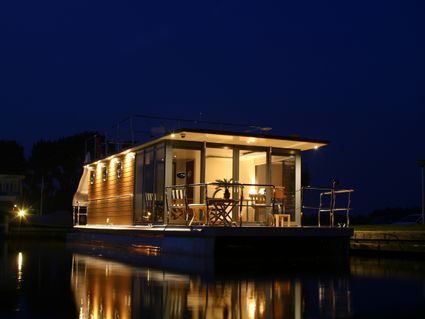 Warns
Warns
Direct boekbaar
from your location
-
Old Town Hall in Dokkum
Old Town Hall in Dokkum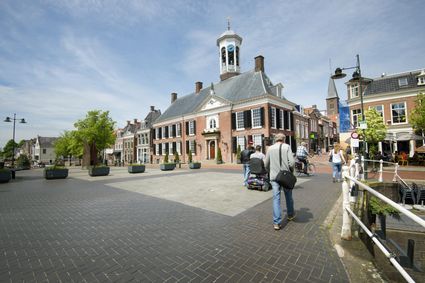 Dokkum
Dokkum
from your location
-
Waterwende Vakantiewoning
Waterwende Vakantiewoning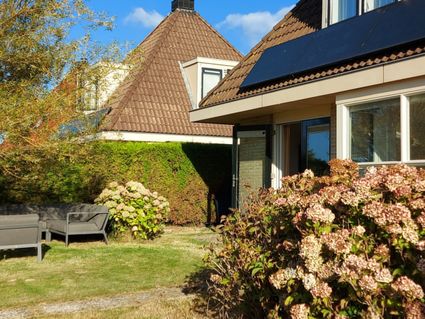 Indijk
Indijk
Direct boekbaar
from your location
-
Petruskerk Garyp
Petruskerk Garyp Garyp
Garyp
from your location
-
Dada monument
Dada monument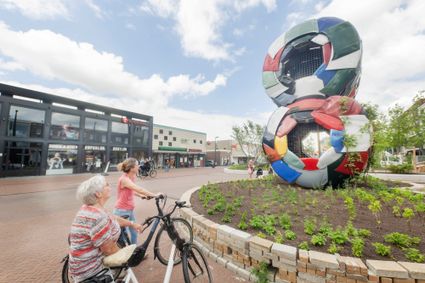 Drachten
Drachten
from your location
-
TOP Jubbega - Derde Sluis
TOP Jubbega - Derde Sluis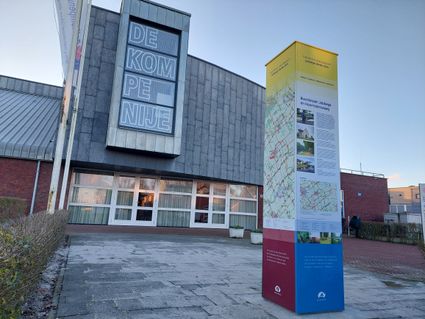 Jubbega
Jubbega
from your location
-
it Dreamlân nature campsite
it Dreamlân nature campsite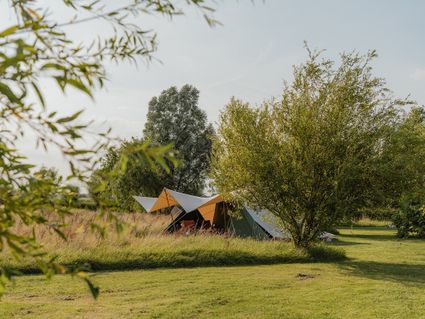 Kollumerpomp
Kollumerpomp
from your location
-
Poem 'Graf te Blauwhuis'
Poem 'Graf te Blauwhuis'
The small village of Abbega and the neighbouring hamlet of Abbegaasterketting hid dozens of people in hiding during the war. In February 1945, a raid shocked the small community. Resistance fighter Gerrit Rijpma, 18, was fatally hit in the process. The famous Dutch writer Gerard Reve, who lived next door to a sister of Gerrit Rijpma in nearby Greonterp from 1953 to 1971, was deeply moved by the story of his neighbour's youngest brother. As a tribute to Gerrit, he wrote the poem 'Graf te Blauwhuis'.
According to witnesses, as many people in hiding lived in Abbega and the neighbouring hamlet of Abbegaasterketting as civilians.
Among them were Jewish people in hiding, people who had participated in railway strikes, deserters and young men from the surrounding area who wanted to avoid forced labour. Weapons for the resistance were also hidden there.
Abbegaasterketting was located next to the Bolswardervaart canal, and the absence of paved roads made access difficult. In addition, the inhabitants had implemented an ingenious alarm system: by means of an electric bell, people warned each other when something was wrong, and two people in hiding were on guard every night.
On 8 February 1945, at around half past eleven in the morning, the alarm bell sounded in the Rijpma family home. At that time, the brothers Yp and Gerrit were working in the barn.
When they went outside, they saw a lot of people running away in panic. This is why the brothers decided to sail down the Bolswardervaart, which divides the hamlet in two pieces, in a rowing boat. They hoped that they could get themselves to safety a little bit further on in a bend of the canal, behind the net. On their way there, they picked up their neighbour Minze van der Veen and a person in hiding, who were standing on the other side of the canal. Meanwhile, the German soldiers, aided by members of the Landwacht, a Dutch semi-military organisation, had set off in pursuit and opened fire on the fleeing people. Minze van der Veen was hit in his right elbow. Gerrit was hit three times: one bullet went straight through his body, another lodged in his back, and the third bullet went through his cheeks and teeth. Because the occupiers refused to help, Yp had to carry his dying brother to the boat and take him to a farmhouse nearby all by himself. The help from a woman living in the neighbourhood, who was a nurse, came too late. In great haste, curate Stolwijk of Blauwhuis was sent for, who administered the last rites to Gerrit. He died shortly afterwards. He was buried in the Catholic Cemetery in Blauwhuis.
The famous Dutch writer Gerard Reve, who lived in nearby Greonterp next to a sister of Gerrit Rijpma from 1953 to 1971, was deeply touched by the story of his neighbour's youngest brother. As a homage to Gerrit, he wrote the poem 'Grave in Blauwhuis':
GRAVE IN BLAUWHUIS (for neighbour H., in G.) He ran away, but did not escape, and was hit, and died, eighteen years old. A militant inscription cries out loud, but a sad and silent face looks out from the brown enamelled portrait. Still a child. Goodbye dear boy. You, who are King, of this and that, of whatever, yes, You, answer me, You know why, I don't. That Kingdom of Yours, remember, will it ever be?
In 1983, the mortal remains of Gerrit were transferred from the cemetery of Blauwhuis to Loenen National War Cemetery.
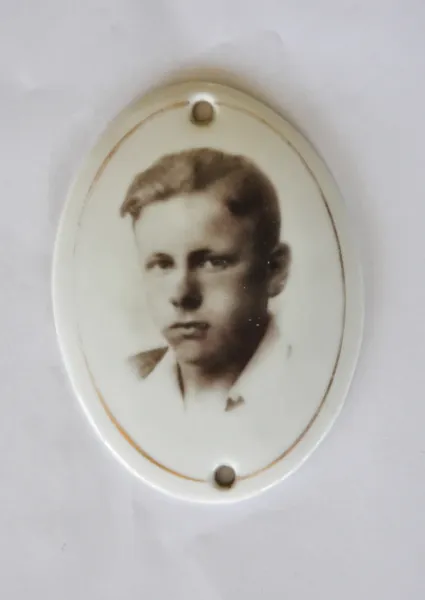 Greonterp
Greonterp
from your location
-
-
Firma J. Zijlstra Hzn.
Firma J. Zijlstra Hzn.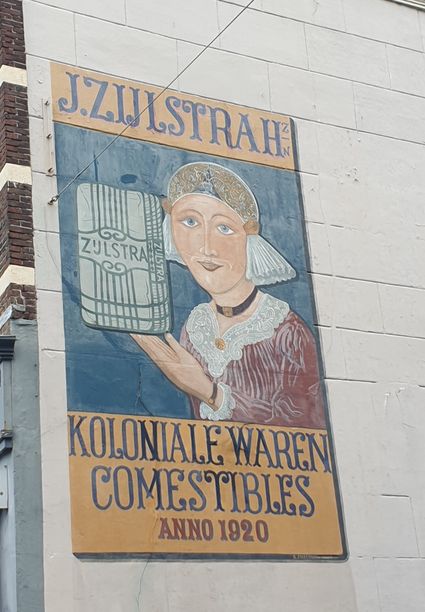 Harlingen
Harlingen
from your location
-
Villa Mar
Villa Mar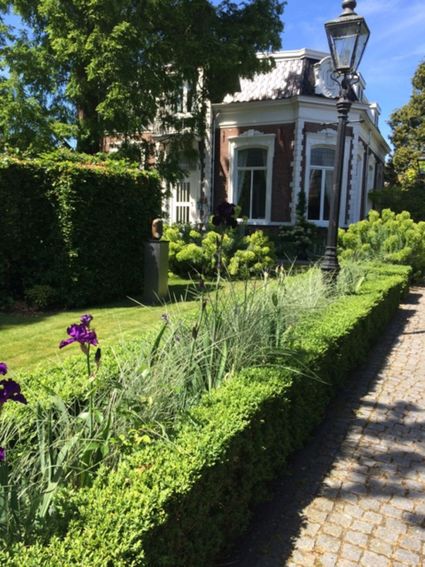 Makkum
Makkum
from your location
-
Strandschelp
Strandschelp Wierum
Wierum
from your location
-
Jolderenbos
Jolderenbos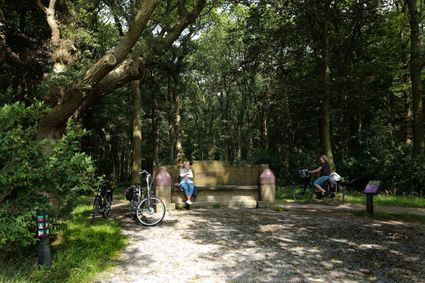 Oudemirdum
Oudemirdum
from your location
-
TOP Earnewâld
TOP Earnewâld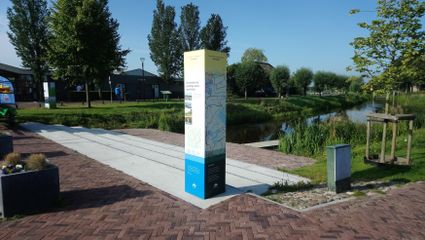 Earnewâld
Earnewâld
from your location
-
Dam Jaarsmahûs
Dam Jaarsmahûs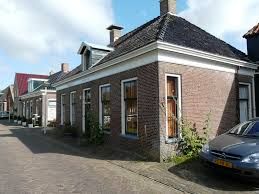 Eastermar
Eastermar
from your location
-
Recreatiepark Bloemketerp
Recreatiepark Bloemketerp Franeker
Franeker
from your location
-
Bed & Breakfast Ferdivedaasje
Bed & Breakfast Ferdivedaasje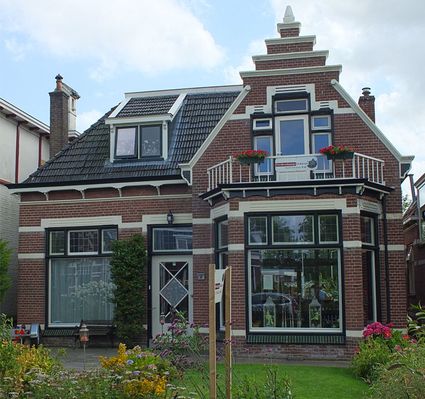 Dokkum
Dokkum
from your location
-
Bed & Breakfast Boszicht Leeuwarden
Bed & Breakfast Boszicht Leeuwarden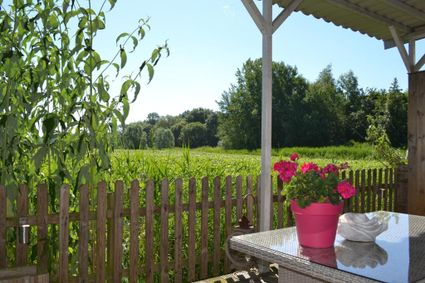 Leeuwarden
Leeuwarden
from your location
-
Strandhuis: zicht op zee
-


Accept cookies to see this content.
-
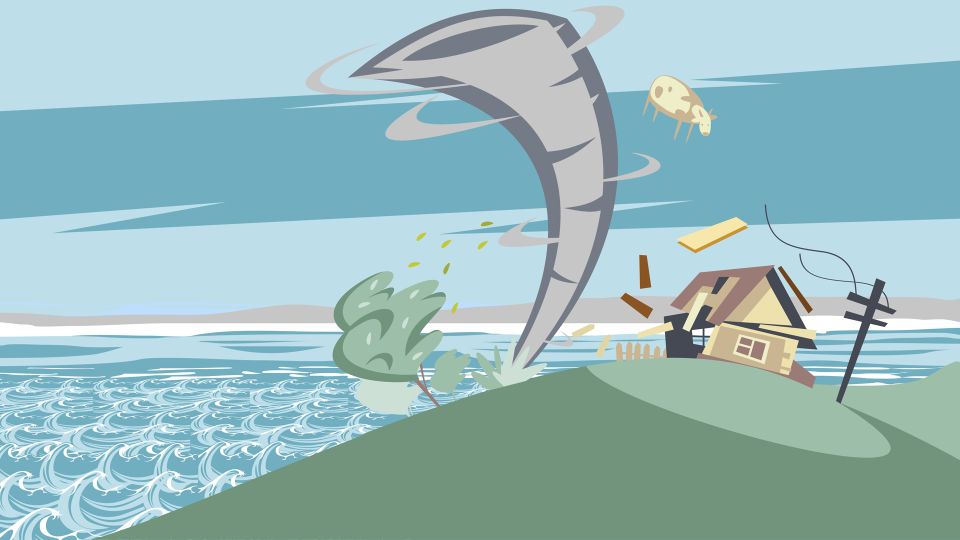
-

Strandhuis: zicht op zee
(beluister hier het audioverhaal)
Strandhuis der Bildtpollen. Het staat er echt, op de woning hier aan de voet van de Nieuwebildtdijk. Een schelp siert het wapen op de gevel. Maar waar is het strand dan? Helaas. Zwemmen of recreëren kun je hier niet, maar strand betekent dan ook eigenlijk gewoon de overgang tussen land en zee.
Dit strandhuis werd in 1899 gebouwd voor het waterschap De Bildtpollen. Die Bildtpollen liggen hier achter je. Sinds 1715 is het een smalle polder van in totaal 55 hectare groot, die reikt tot aan het Noarderleech in het oosten.
Het waterschap van de Bildtpollen vergaderde eerder in de voorganger van dit huis, dat contributiehuis werd genoemd. En er waren nog twee andere strandhuizen op het Bildt, met hun eigen waterschap en strandmeester. Het statige Hooghuis aan de dijk tussen de Boonweg en Zwarte Haan moest in de jaren zeventig van de vorige eeuw verdwijnen voor de dijkverhoging, het strandhuis bij Westhoek is onherkenbaar.
De strandmeester van de Bildtpollen, die hier met zijn gezin woonde, voerde het dagelijkse werk voor het waterschap uit. Dat betekende vooral toezicht houden op de dijk, maar ook vaarten en weggetjes onderhouden die belangrijk waren voor de waterhuishouding, personeel aansturen en vee verzorgen dat in de polder graasde. De schuur stond vol met spullen voor dijkonderhoud en dijkbewaking.
De volmachten, bestuursleden wier gezichten op schilderijen en foto's zijn vereeuwigd, vergaderden altijd in de bovenkamer. Hier hadden ze goed zicht op zee en de (toen nog lagere) dijk een kilometer verderop. Soms sloten ook de 'ingelanden' bij de vergaderingen aan, eigenaren van de grond die tegen de zee beschermd moest worden. De vrouw des huizes kwam regelmatig met een dienblad de steile trap op om de heren met koffie, sigaren en sterke drank te bedienen.
Heerco Spoelstra was de laatste strandmeester. Toen het huis na fusies van waterschappen in 1980 vrijkwam, kochten de huidige bewoners het op een veiling. De eerste nacht dat het stormde, was het overduidelijk hoe zeer de wind hier de baas is. Toch hebben ze geen minuut spijt gehad.
Ingesproken door:
Arjen Boerstra creëert installaties, video’s, foto’s en voorstellingen op specifieke plekken. Daarbij staat de vraag ‘Wie of wat ben ik?’ centraal. Zijn werk toont in scene gezette situaties en vertelt verhalen over herinneringen, identiteit en menselijke ontwikkeling.
Oerol 2007 was het begin van een lange samenwerking tussen Arjen en Joop Mulder. Van het project De Aardappeleter tot Camera Batavia. “Als ik met Joop op stap was, maar ook als ik aan Joop denk, dan ging en ga ik opeens beter kijken. Uit opportunisme want ik wil projecten doen in dat landschap, maar ook uit een gedeelde liefde om verhalen te vertellen en ogen te openen. Dat delen en bewust maken was bij hem altijd voelbaar, het was waarvoor hij streed en waarmee hij tomeloos doorging.”Dit verhaal is onderdeel van de route Gemalen Verhalen van Sense of Place
 Sint Annaparochie
Sint Annaparochie
from your location
-
-
Bosvillarijs
Bosvillarijs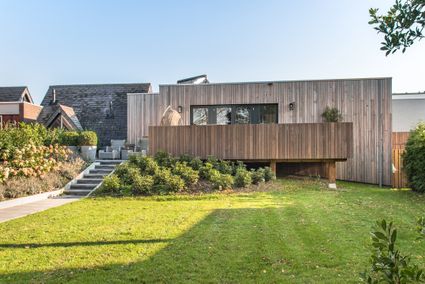 Rijs
Rijs
from your location
-
De Swarte Aernt
De Swarte Aernt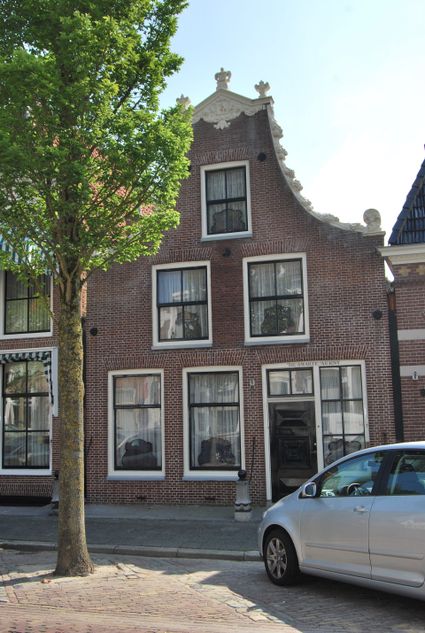 Harlingen
Harlingen
from your location
-
Watersportcamping de Bearshoeke - Ruime blokhut
Watersportcamping de Bearshoeke - Ruime blokhut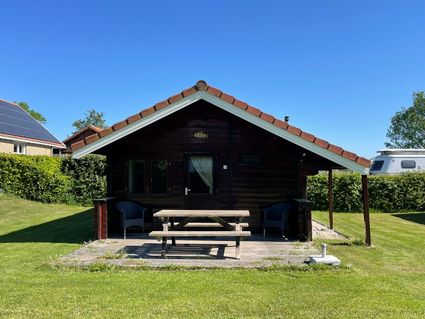 Oudega (gemeente Súdwest-Fryslân)
Oudega (gemeente Súdwest-Fryslân)
Direct boekbaar
from your location
-
Biosintrum
Biosintrum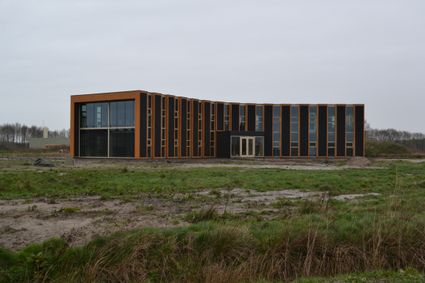 Oosterwolde
Oosterwolde
from your location
-
HarTeluk Joure - Suite Joure
HarTeluk Joure - Suite Joure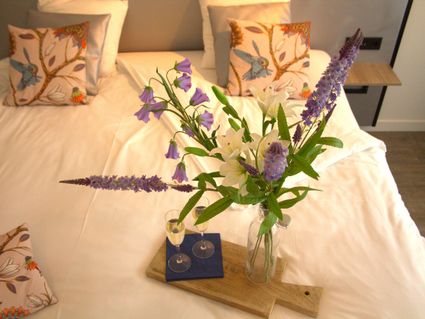 Joure
Joure
Direct boekbaar
from your location

